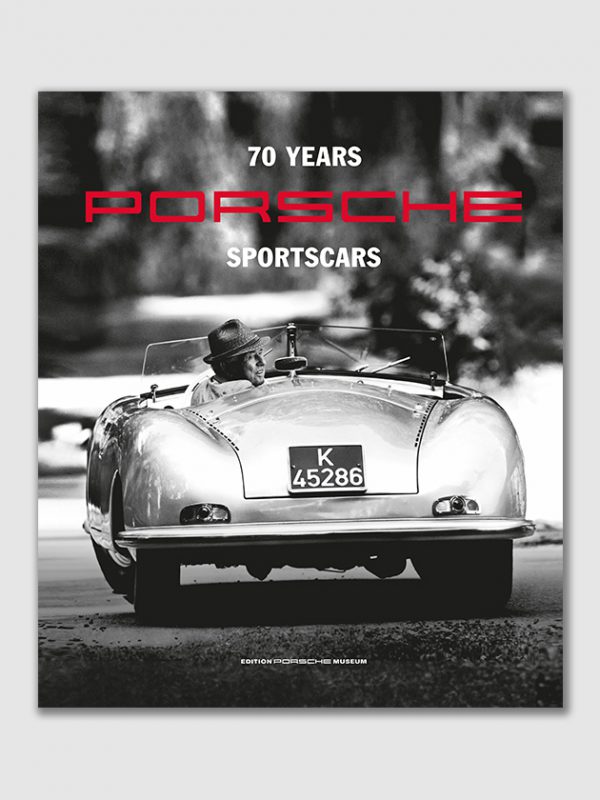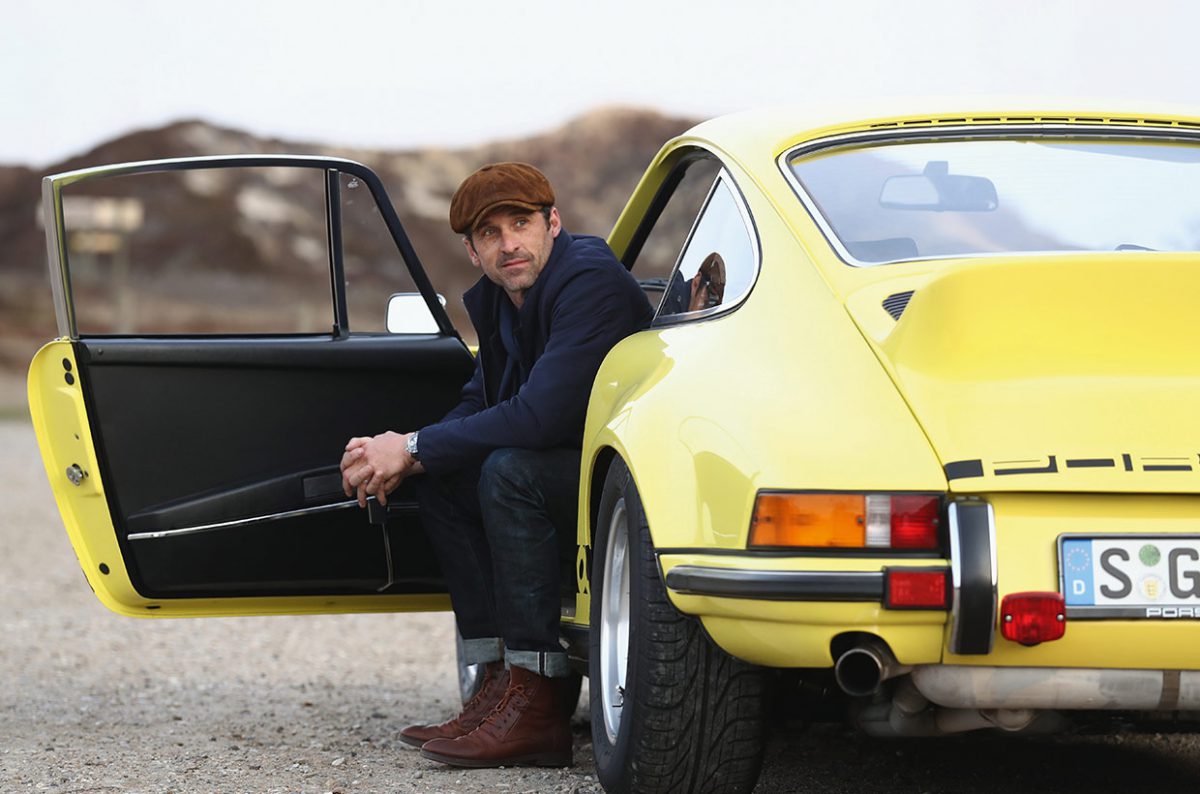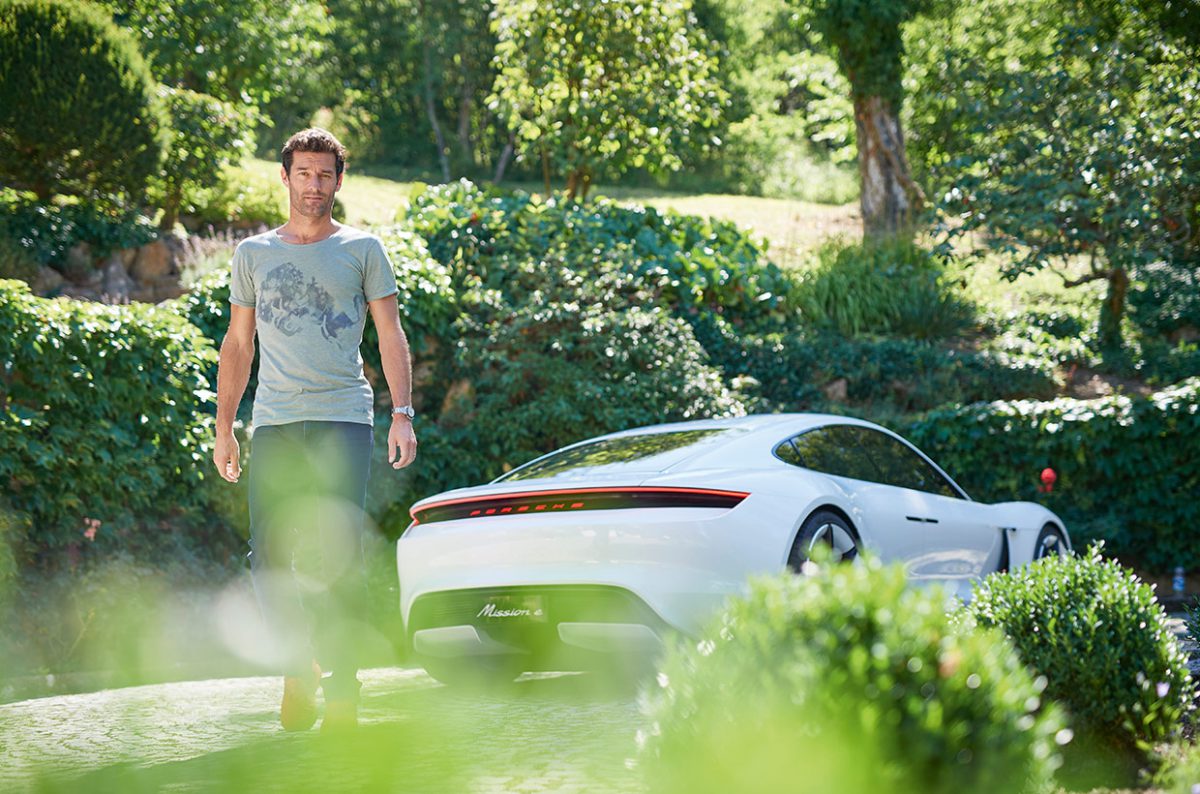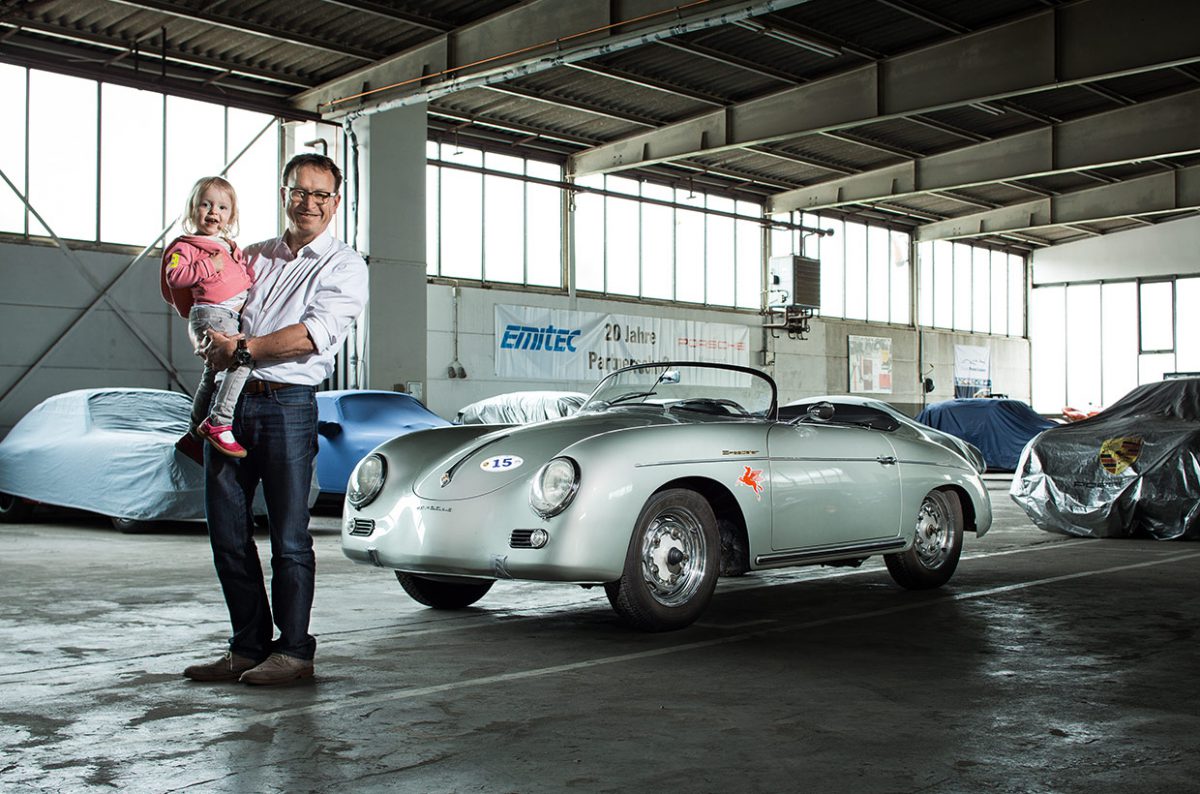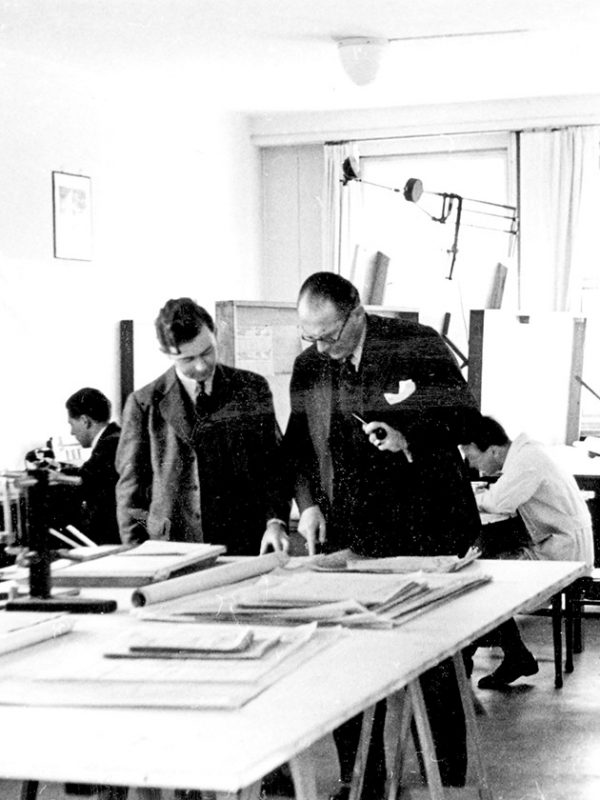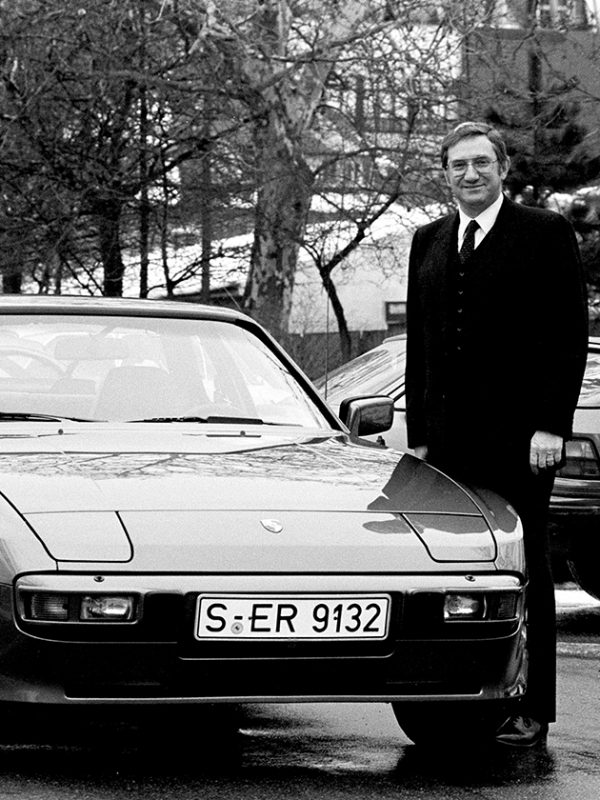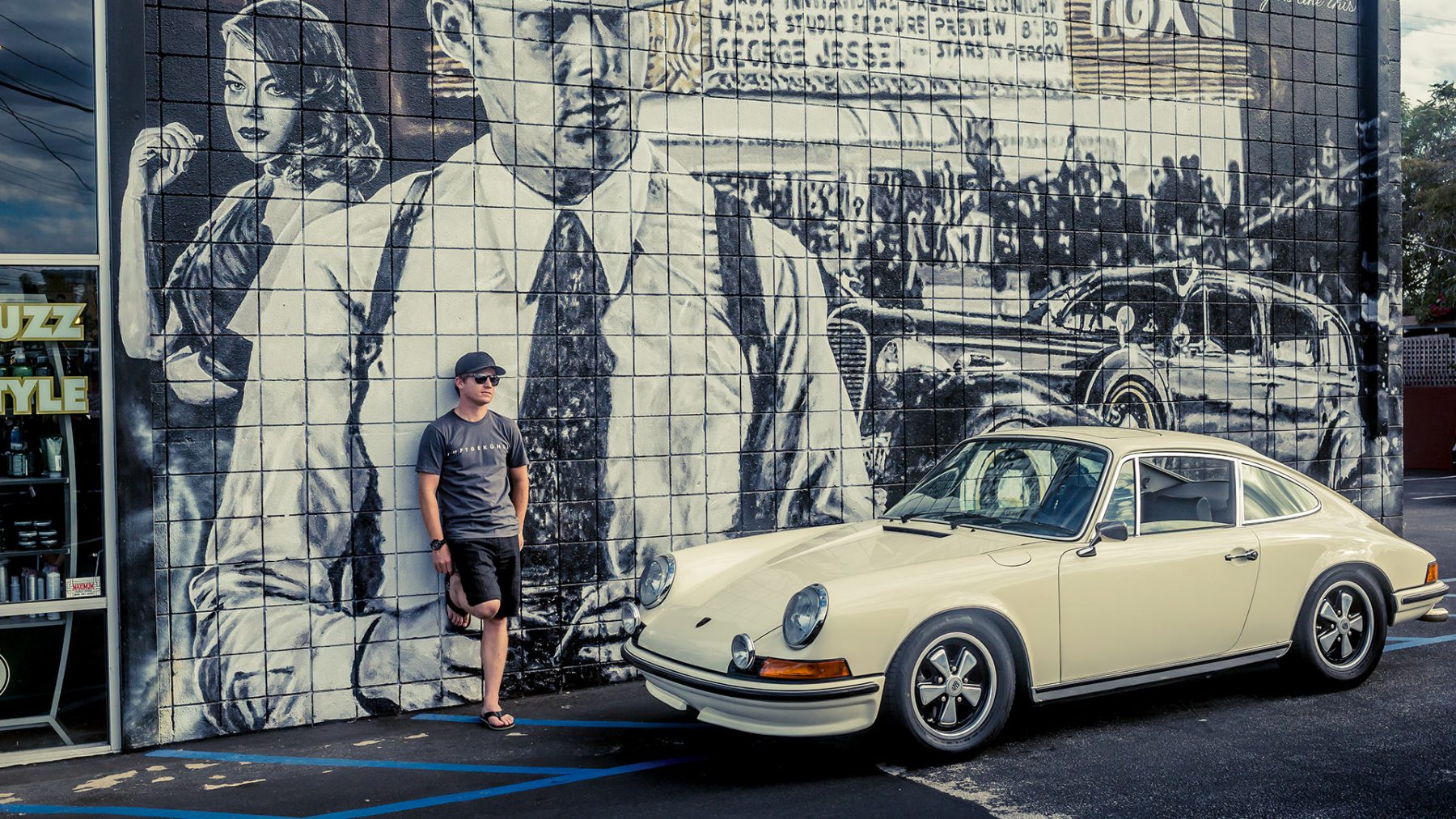P is for Porsche by Bastian Fuhrmann | 1st June, 2018 | Personalities
No other company has build more timeless and desirable sports cars than Porsche, which was originally founded in 1931 by the engineer and technician Ferdinand Porsche. Since then, the car manufacturer from Stuttgart has become the admired master of combining engineering, quality and style – and putting sex appeal on wheels.
Back in the summer of 1948, a small, tight-knit team made up of engineers and mechanics led by Ferdinand “Ferry” Anton Ernst Porsche launched a unique automobile from their base on the grounds of a former timber mill in the Austrian town of Gmünd in the state of Carinthia: the Porsche 356. Four years after having fled the war-torn city of Stuttgart, they drove the little sports car straight into people’s hearts. After the traumas of the recent war, the 356’s friendly, face-like front, sweeping silhouette and distinctive engine noise attracted everyone’s attention. The Porsche 356 was fast and supplied many a surprise in the motor racing world over the years. Its technical design and lightness gave it a crucial edge over its competitors. Soon the agile little Porsche outpaced all the racing cars with larger engine capacities. At the end of the 1950s, however, the technological potential of the model 356 had more or less been exhausted and a worthy successor was needed. In 1963, Porsche launched the legendary model 911, back at the company base in Stuttgart. No other car has managed to conquer the world in a more sustained manner than this allrounder. As Ferry Porsche said, it is the only vehicle you can drive from an African safari to the streets of New York, via the race at Le Mans and a trip to the theater. With the 911, designer Ferdinand Alexander Porsche, Ferry Porsche’s oldest son, created a language of form whose design DNA is still recognizable in the current model – a truly timeless car. The first 911 was followed by a few vehicle designs that were rather unusual for Porsche: the model 928 with its V8 front-mounted engine, for example, or the Boxster – the so called “entry-level Porsche” – and of course the Porsche Cayenne, the first SUV. More than two-thirds of all Porsches ever built are still on the road today. It is an unparalleled proof of quality you can actually experience on the road, not just a framed certificate hanging in a fancy foyer of a dealership. An all-consuming attention to detail permeates the company’s different departments. As of late, Porsche mechanics have been able to raise or lower the height of an engine, as well as being able to turn it by 360 degrees. After all, the engine is the heart of the Porsche and heart surgeons don’t really like working with their hands above their heads.
The company’s quality and analytics center is clinically clean; its interiors pristinely white. Where the naked eye can no longer perceive irregularities on the surfaces of the vehicles, Porsche uses laser technology and, most recently, augmented reality, the latest trend in digital technology. Both systems can detect discrepancies down to fractions of a millimeter. Measurement accuracy at Porsche is currently within a hundredth of a millimeter. Inspectors quality-checking the bodies of the cars use their hands, as machines are still unable to determine whether the feel of the different car surfaces and the appearance of the seams are correct. Even the Porsche coat of arms is tested by being exposed to different climatic conditions. In the end, 475 robots and roughly 190 highly qualified employees are responsible for assembling the body of a car. It is the right mix, a well-balanced deployment of humans and machines. Porsche is just about to implement the next step in its evolution: electrification. Nevertheless the internal processes of the global company are surprisingly traditional. Its focus firmly remains on its employees. Porsche uses robotics only where absolute repetitive precision is vital. Even though technological progress does determine the everyday activities of the Stuttgart-based company, it still adheres to the principle: as many humans as possible, as few robots as necessary. This focus on precision has paid off. In 2017, a total of 246,375 Porsche vehicles were shipped around the world and the one millionth model 911 recently left its factory. Nevertheless, the sports car company keeps challenging itself like a top athlete who is constantly competing. Consequently, motor sports are an intrinsic part of the brand’s DNA. Since its foundation, the company has been transferring the latest technological inventions derived from its continued participation in motor racing into its consumer production. Not simply as an end in itself, but rather out of obsessive perfectionism and a passion for the sport. Every race that takes place therefore also always benefits regular Porsche drivers. The fact that the ignition in Porsche cars is still on the left dates back to the old days of motor racing. In the 1960s, racing drivers used to run from the pit lane to their cars on the starting grid and then jump into their vehicle. So having the ignition on the left side of the steering wheel was simply the quickest way to start the engine. The qualities of Porsche cars even helped turn some talented racing drivers into icons: Jacky Ickx, Derek Bell, Hans Herrmann and Walter Röhrl, to name but a few. Since the 1960s, even the direct descendants of Ferry Porsche have frequently been drawn to the pit lanes of international racing events, for example to the 24-hour race at Le Mans in France. Motor racing can be a family celebration. And no other automobile brand has more victories under its belt than the company with the equine coat-of-arms.
The motor-racing scene is also a magnet for Porsche fans from around the globe. U.S. actor and style icon Steve McQueen even made a movie about the racing spectacle at Le Mans. The King of Cool had a weakness for Porsches and in fact owned several models. When he wasn’t thundering through California’s Mojave Desert perched above the rear wheel of his Triumph motorcycle or standing in front of the camera, McQueen could be found more and more often in the cockpit of one of his sports cars made in Stuttgart’s district of Zuffenhausen. In the hedonistic 1970s, he even took part in races driving a Porsche. Today, we would call him a brand ambassador or influencer, but he was a lot cooler than that. It is impossible to imagine the automotive universe without Porsche. Many look up to the sports car company, but the brand itself has remained down-to-earth, true to itself and has not forgotten ist origins. Proof of this is the timeless design of the Porsche 911 and the company’s everyday focus on people. These are the values that Ferry Porsche has bequeathed to his heirs. While the family members are no longer involved in the day-to-day running of the company, Wolfgang Porsche, the youngest of Ferry’s sons, is currently the chairman of the board and the face of the brand. But at the end of the day, what’s so special about a Porsche? What makes it unique? Is it the motoring experience? Or maybe its design aesthetic? Could it be the location of the company’s HQ or the Porsche family’s deep roots in the company? Is it the motor racing legend that lives on in each Porsche being driven on the streets? It isn’t actually any single one of these, but rather their sum total. What will be the future mission of the sports car manufacturer that was founded by Dr. Ing. h.c. F. Porsche and will be celebrating its 70th anniversary this year? You could put it like this: Porsche – fulfilling your heart’s desires.
